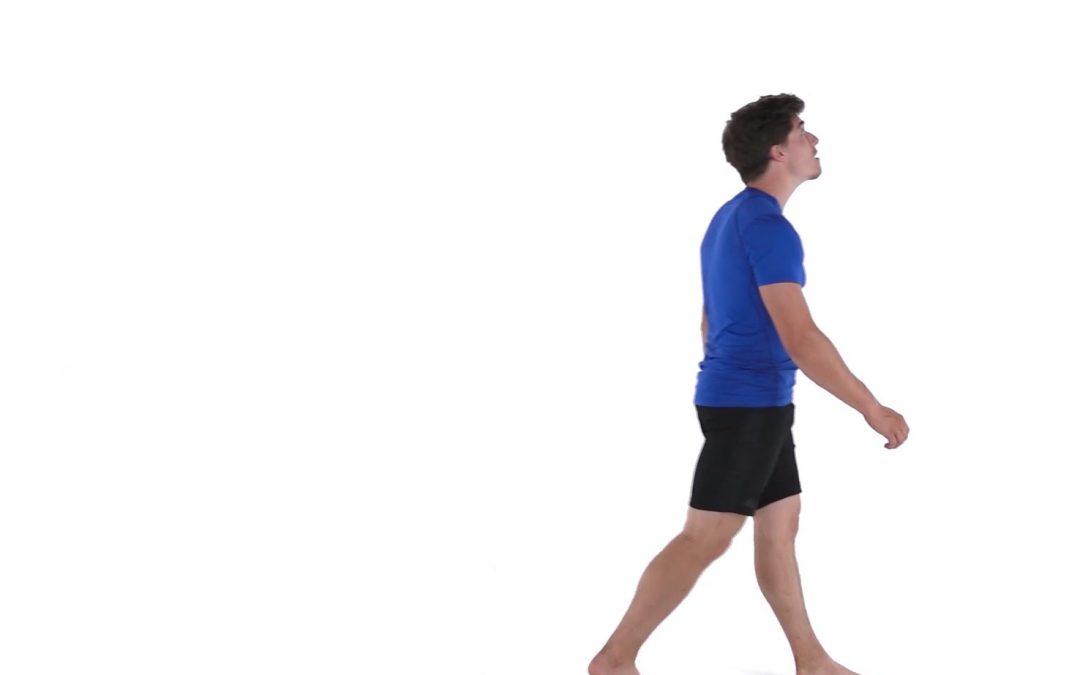Dual Task Exercise, Nick Serafini, RKin. Upper Grand FHT
Balance and stability are something that can be here one day and gone the next. Most importantly it is often something that is not dependable when we really need it. But recently I attended a webinar hosted by two experienced Physiotherapists from BC that piqued my interest as a Registered Kinesiologist. The topic of this webinar was about prescribing balance exercises. What was most interesting was that not only did they focus on the physical/motor aspect of balance but the cognitive aspect as well. What they were discussing was the benefits of ‘Dual Task’ exercises and how practitioners can implement different techniques to challenge both systems. First of all, the benefits of exercise as a whole on cognitive function have been well researched but what if we were able to further the benefits by intentionally challenging the cognitive system? Sure, we do many ‘dual tasks’ throughout the day such as walking and texting, driving and talking, reading and typing et cetera but these are elements that are often autonomous. Dual task exercises have interestingly been applied to stroke patients because often the cognitive system is prioritized over the physical/motor system increasing the likelihood of falls. Placing emphasis on both systems had proven to improve gait, balance and cognition.
Dual task exercises can be done by anyone, regardless of age or fitness level. They can be adapted to suit individual needs and preferences too. The key is to find activities that are enjoyable and challenging, but not too difficult or frustrating. The benefits of dual task exercises are cumulative, so the more you do them, the better you will get. Of course, the most important factor here is safety, so please consult with a health-care professional (like a Registered Kinesiologist) but again have some fun with it! Here are some examples:
● Walking while turning head side to side or nodding up and down
● Walking and pouring a glass of water into another cup
● Walking in tandem and catching a ball
● Standing in tandem while reciting your last 3 dinners and what vegetables you had
● Balance on one foot while counting back by 3s starting from 77
● Marching on the spot while rubbing the top of your head in one direction and rubbing your stomach in the opposite direction
Exercise Prescription Example:
Frequency: >3 days/week
Intensity: moderate/somewhat difficult
Time/Type: 2-3 exercises
Progression:
Depending on the task, increase number of repetitions (ie. Number of ball tosses/catches) by 2/week, distance by 1-2 meters/week or time holding a position by 5 seconds/week. But again, always consult a healthcare professional.
These are just some examples of dual task exercises but they are a great way to keep your brain and body healthy and fit. They can also enhance your quality of life and well-being! Try them today and see the difference they can make!
For more information about any of the free services offered by the Upper Grand Family Health Team, visit our website at www.uppergrandfht.org or call our office at 519-843-3947. Like us on Facebook at (UpperGrandFamilyHealthTeam)






